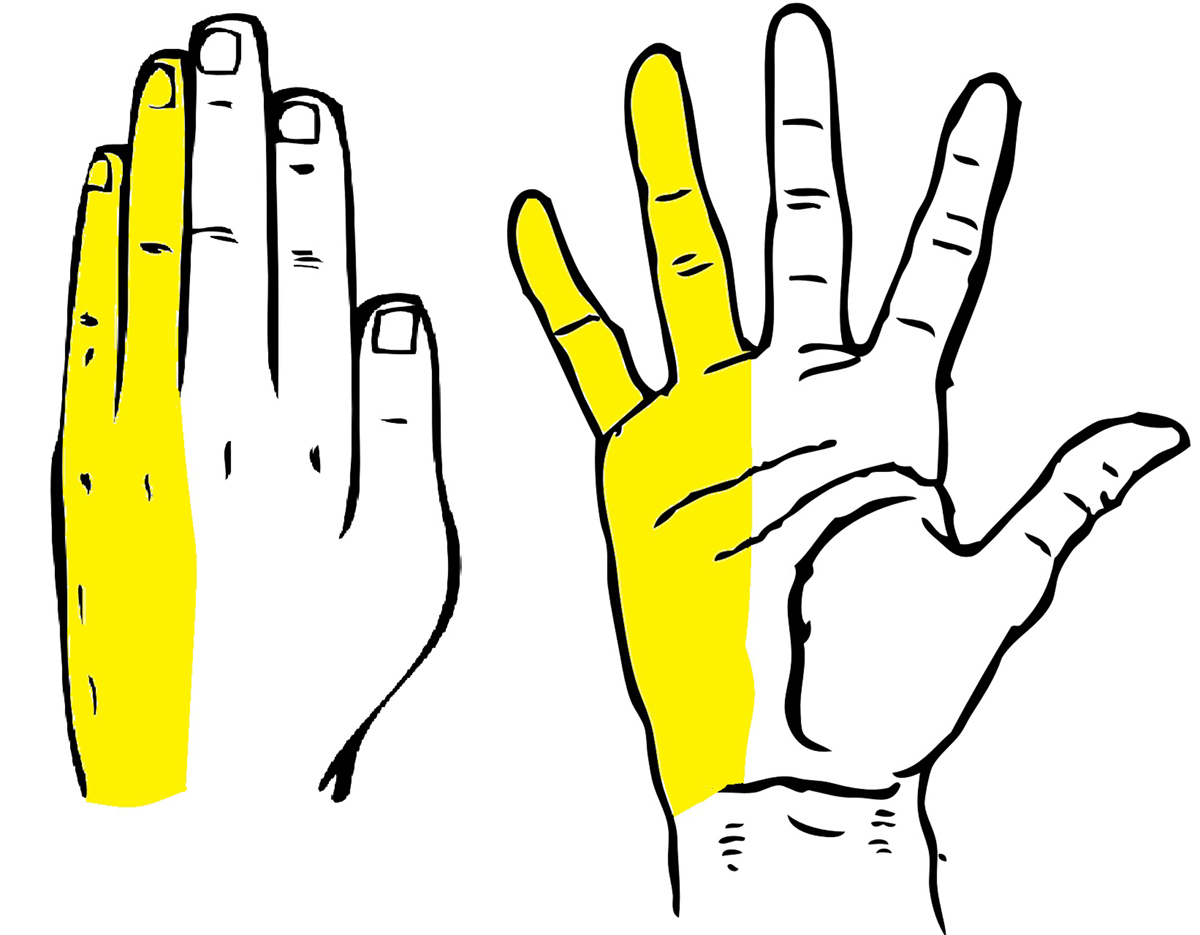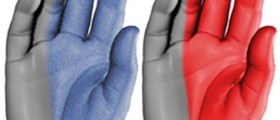
Cubital tunnel syndrome is one of many nerve compression syndromes associated with pain and muscle weakness. In patients suffering from cubital tunnel syndrome the ulnar nerve, one of the nerves in charge of innervation of the muscles of the arm and the hand, is compressed. The typical site of its compression is behind the elbow.
Causes of Cubital Tunnel Syndrome
The cubital tunnel is on the posterior elbow and is surrounded by the two heads of the flexor carpi ulnaris muscle. The ulnar nerve passes between these two heads. The syndrome generally develops as a consequence of direct compression of the elbow. Furthermore, it may occur in case of excessive cubital valgus, presence of bone spurs, synovial ganglions and fibrous bands within the muscles. Mechanical compression of the ulnar nerve associated with elbow flexion is another possible cause of cubital tunnel syndrome.
Characteristics of Cubital Tunnel Syndrome
The condition typically features with pain in the affected area. Furthermore, patients may complain about burning sensation as well as paresthesia (tingling, pricking sensations and numbness of the skin). Weakness of the muscles innervated by the ulnar nerve is another characteristic of cubital tunnel syndrome. In many cases weakness affects intrinsic muscles of the hand more than other muscles of the forearm.
Therapy for Cubital Tunnel Syndrome
Non-surgical treatment of cubital tunnel syndrome includes strengthening of the elbow's flexors and extensors. It is essential to limit the arc of the elbow motion in order to prevent ulnar nerve impingement in the cubital tunnel. Patients can also benefit from nonsteroidal anti-inflammatory drugs (reduction of inflammation). During sleep one should avoid prolonged elbow flexion and the nerve is supposed to be protected from direct pressure and trauma during the day. And finally, conservative treatment includes elbow pads and night splints that are generally used for three months.
In case conservative treatments do not provide with desirable effects patients suffering from cubital tunnel syndrome may require surgery. There are several surgical procedures for the condition and a well-experienced surgeon chooses the most convenient one. The person may undergo a simple decompression, medial epicondylectomy or anterior transposition. Still, in spite or being operated, a certain number of patients may continue complaining about pain and muscle weakness. There are certain complications associated with the surgery for cubital tunnel syndrome. They include the creation of a new compression site, injury to nearby nerves, recurrent ulnar nerve subluxation, elbow instability, flexion contracture, medial epicondylitis, tenderness at the operative site etc. It is, therefore, important to compare all the benefits and potential complications of the surgery and estimate whether the surgery will eliminate symptoms and signs of cubital tunnel syndrome.
















-vs-Trigger-Points-(Myofascial-Pain-Syndrome)_f_280x120.jpg)
Your thoughts on this
Loading...